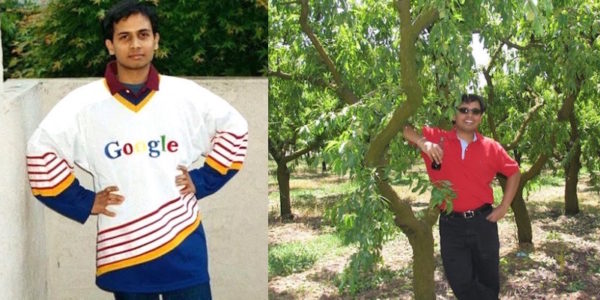Naga Kataru grew up in Gampalagudem, a farming village in the southern Indian state of Andhra Pradesh. He was a gifted student in a high school where only half the students would show up for class, “because education wasn’t a priority for them,” Naga told Bizztor. His father, the school’s principal, was determined to send his son to college. So, Naga graduated with a college degree in Computer Science and Engineering and then enrolled at the Indian Institute of Technology, in one of the country’s best computer science programs.
Thereafter, as an employee of Google, USA, when Naga first pitched the idea of Google Alerts, it was immediately rejected. “My manager didn’t like it,” said Naga. “He said Google makes money when people come to us. If we set alerts, then we’re losing money because we’re sending people away from Google,” Naga added.
Naga trusted his instincts anyway. “I went to Sergey Brin and Larry Page. I said I had a cool prototype with a simple user interface to show them,” he said. The Google founders tested it right away, said Naga. In fact, the first keywords ever used to test Google Alerts were “Google” and “Larry Page,” he said. “They both loved it,” said Naga, who is listed on three patents for Google Alerts.
After eight years, Naga eventually quit Google and jumped into completely new territories — documentary short films and improv theater. Naga’s latest career reincarnation is as a farmer. In 2008, he bought a 320-acre farm in Modesto, California. It was only meant to be a diversified investment. “I thought I would sell it after five years,” said Naga.
But the farm reminded him of his life in India. “I missed the way the fruits and flowers smelled differently in India,” he said. Instead of selling the money-losing farm, he converted it into an almond farm, which required one-third the labor. “I didn’t know anything about farming. But I love education and I taught myself,” he said.
Today the farm, which also grows apricots, is profitable and has eight employees. It generates $2.5 million in annual revenue. Naga isn’t resting on his laurels. He’s working on two degrees at Stanford — an MBA and an MS in Environment & Resources — to prepare him for his next challenge: making farming more tech-savvy.




Leave a reply